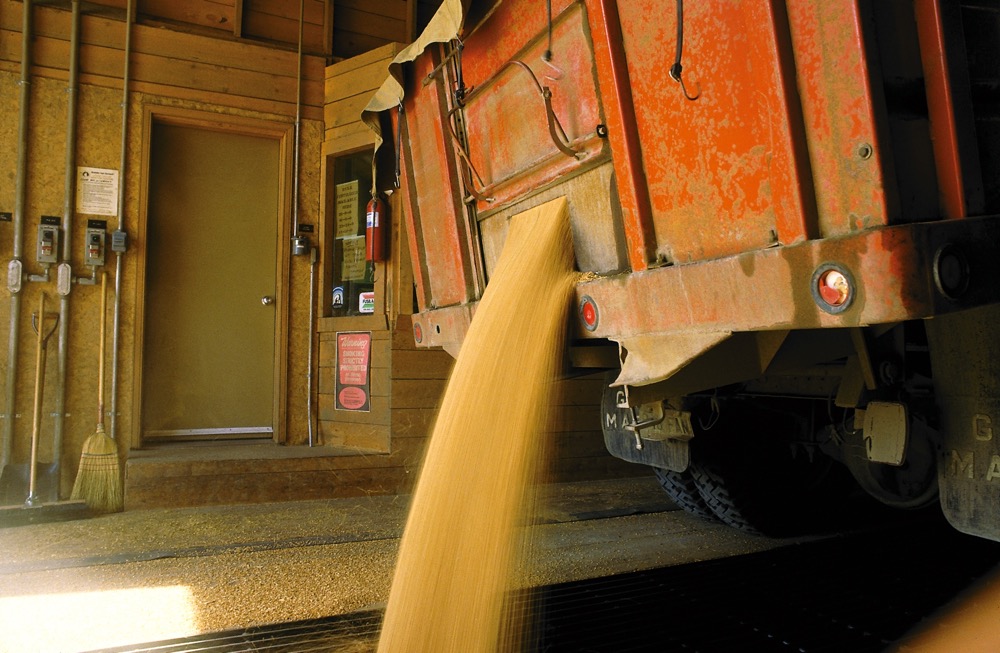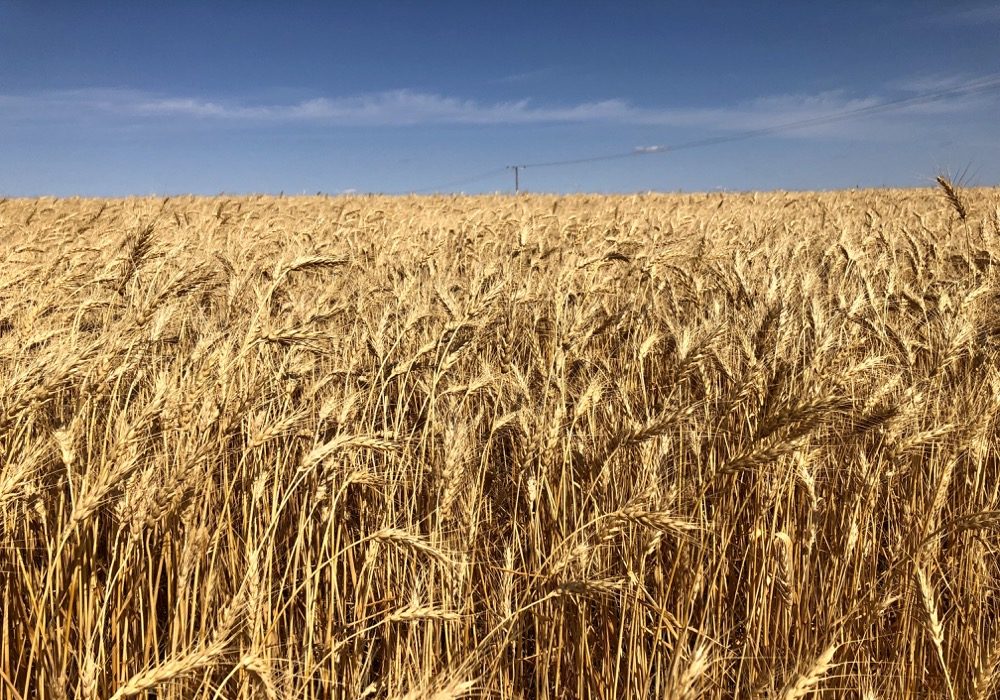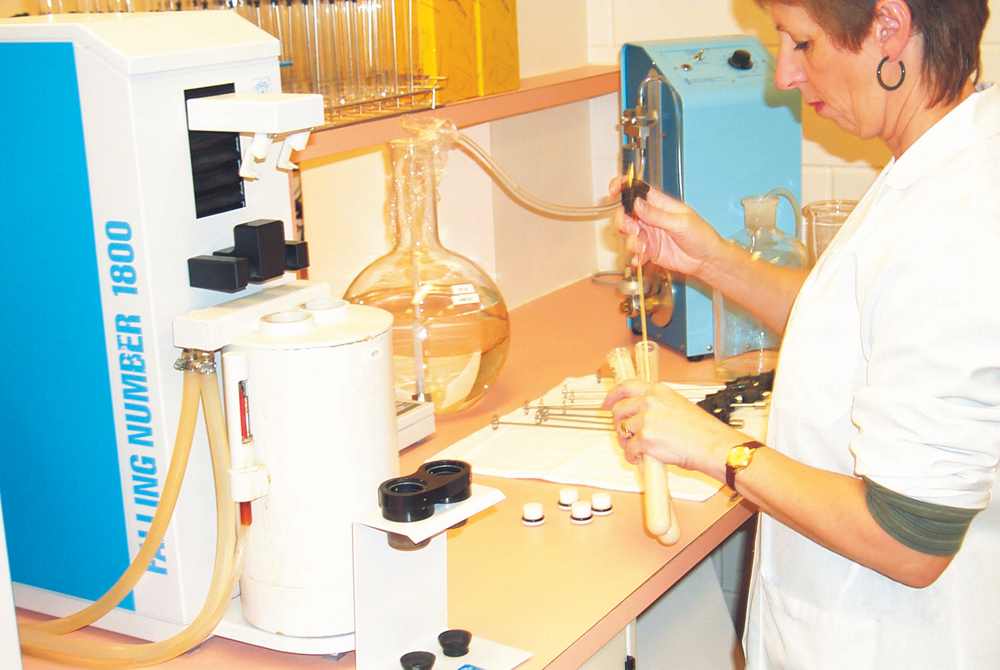“Listen to what the futures market is telling you.” That came up in our news feed again last week, and it’s one of those phrases for which you’d like to have a dollar for every time you’ve heard it. It ranks slightly below the frequency for which you’ve heard a grain market adviser tell you not to wait for the highest price. That may be good advice, but listening to what the futures market tells you is not, because it tells you nothing.
Or at least, nothing about the future. In fact, the reason futures markets were invented is precisely because it’s impossible to predict the future. Nineteenth-century grain traders found that they could buy grain in the country at a certain price, but by the time they delivered it to a customer at a mill or port, the price had often changed, meaning they could either make a profit or a loss. Not wanting to take such a risk, they established a system that would allow them to trade contracts that would fix the price for delivery at an agreed date in future. Therefore, the futures market tells you today’s price for delivery in the future, not the future price.
Read Also

Canada’s Grocery Code of Conduct just window dressing
The voluntary nature of Canada’s Grocery Code of Conduct robs it of effectiveness and won’t result in the food system accountability that’s needed.
Maybe it’s nitpicking over terminology, but the misconception about futures has also led to the notion that farmers can “hedge.” A grain company can hedge because it makes two transactions — it buys from the farmer and sells the futures, and then sells to the customer and buys back the futures. That’s a hedge — offsetting and alternating “short” and “long” positions.
Farmers only make one transaction — a sale. Therefore a farmer is always long. He or she can use a future, or a futures-related contract with a grain company, to lock in a price. That may be a sensible move, but it’s not a hedge — it’s speculating that you’re better off selling today rather than waiting.
Supply and demand?
Another standard line that we hear about futures markets is that they reflect supply and demand.
If that were true, every time a sale was made, that would mean there was slightly less grain available, and the price would go up. But if you follow market reports, you’ll often see the market go down because business was done — somewhere else other than the U.S., that is. The problem is that the futures markets used by grain and oilseed traders are still in the U.S., even though that the largest exporters are now in other countries. So if there’s a tender and the business goes to the Black Sea or South America, the market often goes down because the U.S. didn’t get it.
Large buyers have been known to take advantage of this effect, taking a short futures position and then disclosing a large non-U.S. purchase, which allows them to take a profit after the market drops on the news.
This power of large buyers in the futures markets is becoming especially unsettling in recent years. In earlier days, grain companies, exporters, importers and processors were all separate companies with separate futures positions. All the trading was done in the pits by men with loud voices and loud jackets, making for an environment where information flowed and leaked pretty freely.
Today, single companies can own the whole elevator/terminal/exporter/processor chain. That means information is more tightly held by big players, and it makes for much less liquidity than in the past.
That’s especially true for smaller futures markets such as canola, where there are also fewer “locals” trading for their own account. In former times, reporters could drop by the Winnipeg Commodity Exchange and “talk to the guys on the floor.” No longer. Computer-based trading has meant less rather than more information flowing to producers.
There may soon be even more concern about concentration of power in the futures market, especially now that all or part of Viterra may be up for sale due to troubles at parent company Glencore. COFCO, which is China’s government-controlled import agency, has recently spent $2.8 billion to purchase two agribusiness and trading companies. It has indicated that it’s interested in more, and plans a public offering to raise funds so that it can be a trader in the same league as the current “ABCD” companies that dominate world grain trade — ADM, Bunge, Cargill and Dreyfus. Imagine the power the world’s largest importer also being one of the world’s largest exporters at the same time. In the stock market, regulators would be all over this. In the futures market you hear nothing.
The Canadian Wheat Board, founded in 1935 was often accused of being a relic of the past. The Chicago Board of Trade was founded in 1848.
So perhaps we should listen to what the futures market is telling us — it may not be working in the interests of all participants, especially farmers. It’s time for a review.
















